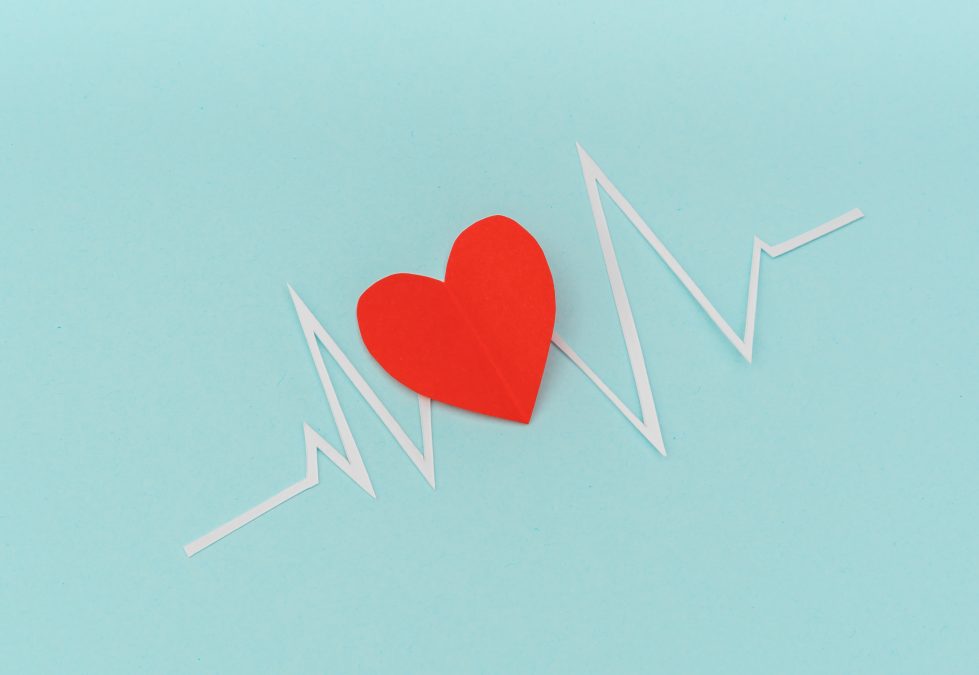
The Cajun Music Preservation Society Is On A Mission
February 2, 2023
The Meaningful Points of February – Under The Scope
February 2, 2023February—the month for all things heart related—brings a new set of guidelines from the American Heart Association (AHA) to keep the body’s internal motor primed and pumping.
Life’s Essential 8™ offers a checklist for lifelong health that accounts for good nutrition and exercise, along with adding sleep as key to cardiovascular health and listing dangers of vaping.
Improving and maintaining cardiovascular health ranks among the top health concerns for Louisiana, which ties Arkansas and Oklahoma for the sixth lowest life expectancy in the country. While the average American expects to live 78.8 years, we drop to 75.7 years.
The AHA checklist breaks down three health behaviors and four health factors to monitor along with My Life Check, an online tool for scoring heart health and understanding risks.
For some, these guidelines require only minor lifestyle adjustments. It may be a complete overhaul for others. If it seems overwhelming, start slowly with small changes. Follow one guideline until it becomes habit, then add another.
Healthier behaviors can prevent natural age-associated health factors such as increased blood pressure, glucose, weight and cholesterol. You may not be able to control aging, but you can control lifestyle habits. Let’s get started:
1. Eat better. Overall healthy eating that includes more fruits and vegetables, less meat and trans fats, whole grains and limited sugar, sodium and alcohol benefits overall health.
Read nutrition labels to check calories, carbohydrates and sodium. Cook at home regularly to control meals and portions. AHA offers hundreds of heart-healthy recipes.
2. Be more active. Adults need a weekly average of 2.5 hours moderate—walking, water aerobics, biking, yoga, gardening—or 75 minutes of vigorous physical activity—running, swimming, interval cardio training—or a combination of both. Add resistance, weight training or other muscle-strengthening activities at least twice a week.
Kids and teenagers should get an average 60 minutes of exercise daily.
3. Quit tobacco. Nicotine products, whether cigarettes, e-cigarettes or vaping, are the leading cause of death in the US with about a third of those deaths resulting from heart disease. Within a year of quitting smoking or vaping, risks drop by 50%. Some people quit cold turkey, but most need a plan.
4. Get healthy sleep. Adults require 7-9 hours of sleep nightly for healing, improved brain function and reduced risks of chronic diseases. Kids require even more—10-16 hours for children 5 and under, 9-12 hours for ages 6-12 and 8-10 hours for teenagers.
Poor sleep can result from stress or lifestyle habits. Unplug from devices, TV included, 30 minutes to an hour before bedtime. Charge the phone as far from your bed as possible to resist the temptation to scroll. Dim screens or use red filter apps at night to prevent blue light from impacting your circadian rhythm and melatonin production. Set alarms for bedtime and awaking at the same times each day, weekends included.
5. Manage weight. Maintaining a healthy weight benefits the entire body. Losing weight requires burning more calories than you consume. Count calories, control portions, sit less and move. Know your body mass index (BMI), which measures weight in relation to height, to determine your healthy weight. The optimal BMI, which you can calculate online, for adults is 25.
6. Control cholesterol. Reducing levels of “bad” or low-density lipoprotein (LDL) cholesterol can improve heart health. LDL sticks to artery walls and causes plaque buildup, increasing the chance of heart disease and stroke.
Cholesterol comes from animal-based foods and our own bodies. Following a mostly plant-based diet, moving more and not smoking helps control cholesterol.
7. Manage blood sugar. Most food turns into glucose, or blood sugar, when eaten and fuel the body with energy. However, high levels of blood sugar over time can lead to Type 2 diabetes. When this happens, glucose builds up in the blood rather than going to the cells, and the body doesn’t make sufficient insulin. Insulin resistance increases the risk of damage to the heart, kidneys, eyes and nerves.
As with other health factors that impact the heart, healthy diets, physical activity, weight management and no smoking help control blood sugar levels.
8. Manage blood pressure. Managing your blood pressure to stay within acceptable ranges keeps the heart in better working order. Optimal levels are less than 120/80 mm HG. High blood pressure is defined as the systolic pressure (top number) being 130-139 or higher and the diastolic pressure (bottom number) being 80-89 or higher. Manage blood pressure by watching your diet, moving more, controlling stress and getting more sleep. Your doctor may also prescribe medication for consistently high blood pressure.
Along with advanced technology and expertise, Thibodaux Regional Heart & Vascular Center provides education, prevention and a rehabilitation program to help patients adjust their lifestyles and improve overall health and wellness.
For more information contact Thibodaux Regional Wellness Education Center, 985.493.4765.











